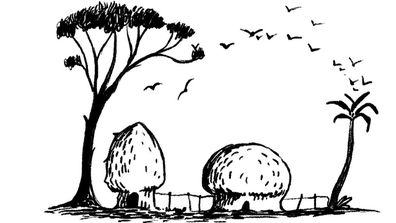Their IVF journeys did not end with children. Here's what these women want you to know
By CNN|
When Jennifer Aniston opened up recently about her struggle with IVF treatments while trying to start a family, she gave a voice to people who've undergone arduous infertility journeys that ended with no biological children.
In vitro fertilisation, or IVF, is a method of assisted reproduction that involves removing eggs from the ovaries and fertilising them outside the body. The resulting embryos are then typically placed in a woman's uterus in the hopes that they spur a pregnancy.
The procedure is not cheap. In the United States, each cycle can cost between $US12,000 (approx. $18,000) and $US17,000 (approx. $25,500) out of pocket, according to one estimate, although in some places it's covered by insurance.
CNN talked to four women who've tried IVF unsuccessfully. They described months of daily shots, ultrasounds and labwork. Of long waits, hope and disappointment. Of financial strains and painful questions from loved ones and strangers alike on why they don't have children.
READ MORE: Mum's 'brutal' find after snooping in daughter's diary
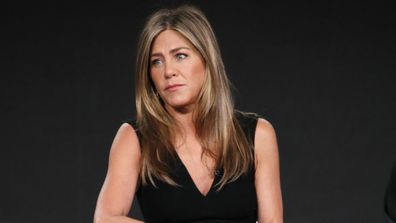
"The current infertility narrative is dominated by success stories, as people seem more willing to talk about their experience after they've become a parent," says Katy Seppi, 40. "For those of us who close our infertility chapters without a baby, we're often met with unsolicited advice, reinforcing the narrative that we obviously gave up too early."
Aniston's story helped put a face to people who are involuntarily childless 每 a deeply personal struggle many say they quietly face in the shadows.
Here are their stories.
She plunged into grief after giving up trying to have a child
Seppi struggled with infertility for four years. In April 2017, she turned to IVF.
She picked baby names and a birthing center. She had a room ready for a nursery at her home in Salt Lake City. But after one cycle of IVF, her embryos were not viable.
The process worsened her fibroids 每 noncancerous growths in the uterus 每 and her endometriosis, a condition in which the uterus lining grows outside the uterus. Seppi decided not to pursue a second cycle after her reproductive endocrinologist warned it would likely lead to a similar outcome as the first one, she says.
For Seppi, the detailed ovulation calendars, obsessive attempts to conceive and the despair that came with negative pregnancy tests became unbearable. After weighing all her reproductive health concerns, she decided to end her motherhood journey and get a hysterectomy in 2017, a decision that initially plunged her into a grief that she described as all-encompassing.
READ MORE: How a relative's flippant comment uncovered one woman's incurable condition
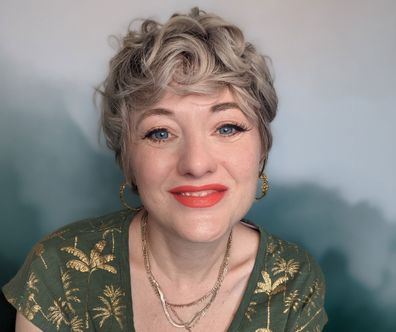
"I am one of the lucky few who had IVF coverage through my employer, so it didn't come as a financial sacrifice for me," she says. "But I stopped to protect my physical, emotional and mental health. My heart would shatter every month when I'd get my period, and I didn't know how much more I could take."
She started seeing a therapist who told her it's OK to put herself first and helped her process what not having a baby meant for her future.
"I'd spent my whole life dreaming about motherhood...I stayed at my job so I'd have maternity leave 每 I had held space in my life for a baby," she says. "Through therapy, grief work, and connecting with others in the childless community, I slowly started to create a new vision for my life. I chose myself and my wellbeing over holding onto the hope of a baby."
During her infertility journey, Seppi says couldn't find many resources for people who are involuntarily childless. She poured her energy into trying to change that. She started a blog and an Instagram account devoted to childless people, and slowly began to connect with them.
She also founded Chasing Creation, an online community of people facing similar challenges that now hosts an annual online summit.
Seppi says she believes Aniston's openness about her own IVF journey helps validate the experiences of many people who are involuntarily childless.
"There's a common belief that anyone can have a baby if they want it enough, hope enough, and never give up," she says. "It just isn't true, and leads to a lot of misunderstanding and dismissal of the grief you're left with when you realise you have to let go of your dream of parenthood."
READ MORE: Inside Joe Biden's granddaughter's historic White House wedding
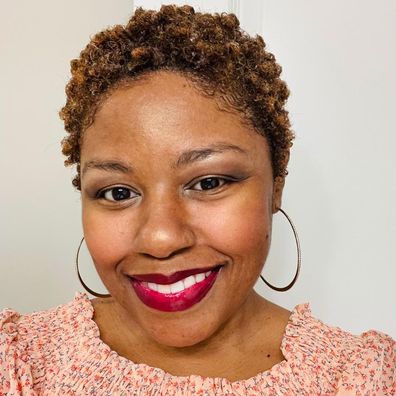
The many decisions surrounding the IVF process took a toll on her
When Sherrae Lachhu decided to undergo IVF, she bought a pregnancy journal, maternity clothes and egg retrieval T-shirts for her and her husband.
The T-shirts were emblazoned with the words: "Legs up, lights out, time to get my eggs out."
Lachhu, who lives in Charlotte, North Carolina, had a good feeling about it. She bought about a dozen white and gray onesies, and a couple of additional pink ones, hoping for a baby girl.
But her two rounds of IVF were unsuccessful. The first one led to a positive pregnancy test in February, and bleeding and a miscarriage about six weeks later. The second transfer was conducted last month, around the time the first baby would have been due, and was not successful.
It takes immense strength to pursue a lifelong dream that comes with repeated disappointments, Lachhu says.
Every stage of her journey involved numerous decisions, including whether to test an embryo and how many to get implanted, she says.
"The toughest part has been the decision-making process. There are many decisions you have to make, starting with the decision to even embark on this journey when you're at an advanced age, as I am," says Lachhu, 45, an entrepreneur who owns a virtual practice for coaching and therapy.
"Then decisions around the medical provider, which protocol sounds like it might work best for you, the loads of supplements the IVF community encourages you to take, the decision to continue to eat and drink as you normally would or go clean for months or years on end. For someone like myself with ADHD, the decision fatigue was at times overwhelming."
Lachhu has three stepchildren through marriage but says she has moments of sadness in which she thinks about what she's lost. She says she and her husband hope to keep trying to have a child, but their financial options are limited. Her husband's job pays for two rounds of IVF, but they've exhausted those opportunities.
For them to try again, she says, her husband would have to get another job that provides the benefits all over again. Or they'd have to raise their own funds.
Lachhu says people sometimes ask her whether she chose not to have her own kids.
"It likely doesn't dawn on most of them that infertility is much more common than they realize, and every woman doesn't just get pregnant and experience a live birth because she desires children."
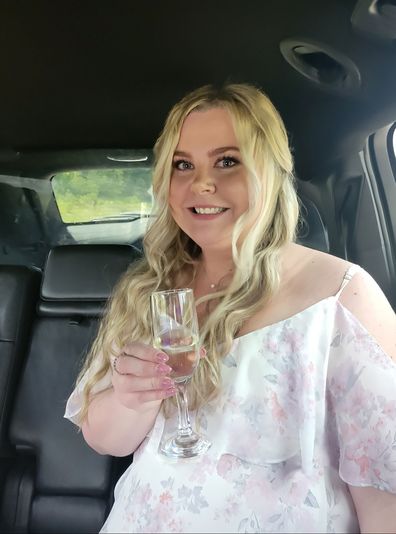
Her embryos didn't survive, but she still owed over $25,500
Meaghan Hamm, 35, went through the egg retrieval and fertilisation process in August.
Doctors collected seven mature eggs, and after fertilisation, she ended up with five embryos. But none of them survived.
It was an emotional and financial blow for Hamm, a customer support agent at a bank in Ontario, Canada. She'd paid for the process by skipping vacations with her husband and getting money from her family.
"The toughest part was feeling like we are getting somewhere to have five embryos and end up with none with no actual chance to do a transfer," she says. "It was a rough blow financially since we still had to pay for everything."
The egg retrieval cost almost $US12,000 and the medication about $US5,000 (approx. $7500), she says. Testing on the embryos would have been an additional $US5,000, but the couple didn't have to pay for that since they did not get to that stage.
In Ontario, the provincial government pays for one cycle of egg retrieval, but there's a wait list of nearly two years, she says. She says she and her husband paid out of pocket, but their names remain on the wait list.
Hamm says that stories of unsuccessful IVF procedures are not told enough and as a result, most people don't understand what the process entails and how difficult it can be. Aniston's story sheds light on these struggles and may help reduce the stigma for people who feel they are judged for not having children, Hamm says.
"Many people are uneducated on infertility issues and have this belief that IVF will fix it," she says. "The concept of IVF fixing infertility needs to end. People sharing their unsuccessful IVF stories will help others see that it isn't their fault. It can help others not feel so alone."
For a daily dose of 9Honey, subscribe to our newsletter here.
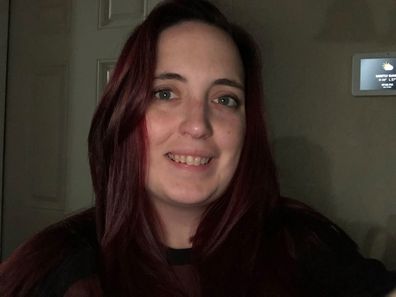
She felt like a failure when her IVF didn't work
April Barsby, 32, had one cycle of IVF in September of last year. Her lone mature egg was graded a C, she says, but it was the only one she had and she hoped it would help fulfill her dream of motherhood.
Barsby, who lives in Norman, Oklahoma, struggled with endometriosis and low egg count, so she'd pinned her dreams on one egg.
"The hardest part about it was all of my hopes being crushed at the very end, as my sweet little egg didn't stick and my cycle failed," she says. "I only had one mature egg after my retrieval and put all my hope and excitement into it."
Barsby does not have a job. Her friends and family donated items she then sold at yard sales to help fund the procedure.
The process drained her and her husband's finances and left her struggling to accept her body. The couple put their IVF journey on pause for now and Barsby says she's not sure what to do next.
"My husband is my biggest supporter and it hasn't affected our marriage in any way," she says. "I had a very hard time for months to even feel remotely like a woman due to my body's failure."
Barsby says she grew up watching Aniston on "Friends" and was reassured to realise the wealthy celebrity with the girl-next-door persona went through similar struggles. She says Aniston's story will raise awareness about the negative side of IVF and what it does to prospective parents who go through the process without producing a baby.
"Having no baby at the end can be extremely disheartening and destructive to a person's mental health," she says. "I'm not sure there's any right way to normalise infertility, but to talk about it and let the women and men share their stories is a good start."
Barsby says she's doing better a year later. But she still grieves over what could have been.
If you or someone you know needs grief support, call Red Nose 24/7 on 1300 307 308.?


